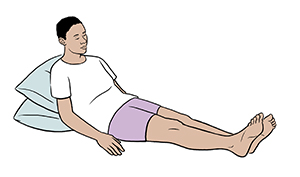Innovation
Breathing exercises have gained significant attention in recent years due to their profound impact on both physical and mental well-being. These exercises are not only a traditional part of practices like yoga and meditation but also increasingly utilized in modern healthcare for stress management and overall health improvement. Innovation in the field of breathing exercises includes the development of apps, wearable technology, and biofeedback devices that help monitor and optimize breathing patterns. These tools offer real-time data, allowing users to adapt and refine their techniques for maximum benefit.
Evaluation System
An evaluation system for breathing exercises typically involves tracking key physiological indicators such as heart rate, oxygen levels, and lung capacity. In clinical settings, tools like spirometers or heart rate variability (HRV) monitors are used to assess the effectiveness of these exercises. This system ensures that the breathing techniques being practiced are having a measurable and positive impact on the individual's health.
Assessment
Assessment of breathing exercises can be qualitative and quantitative. It involves assessing improvements in physical health, such as increased lung capacity, as well as mental health, including reduced stress or anxiety levels. Assessments may be conducted through patient feedback, clinical evaluations, and data gathered through modern technological solutions, ensuring that the exercises are achieving their intended outcomes.








